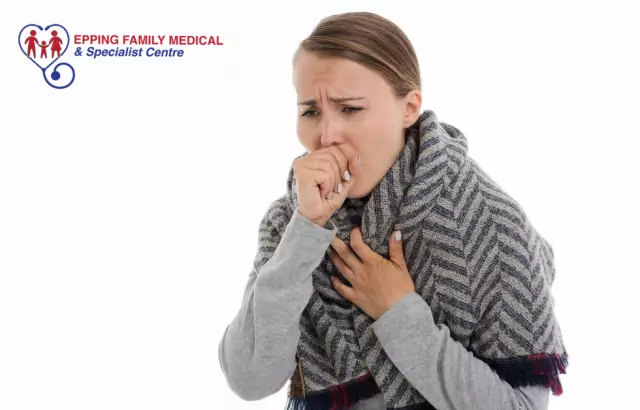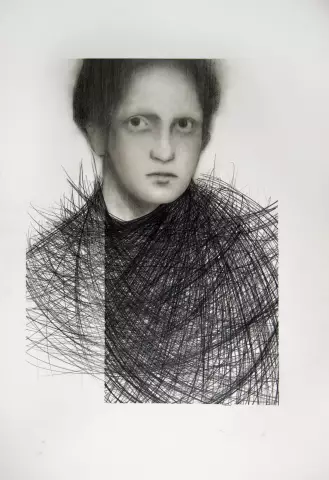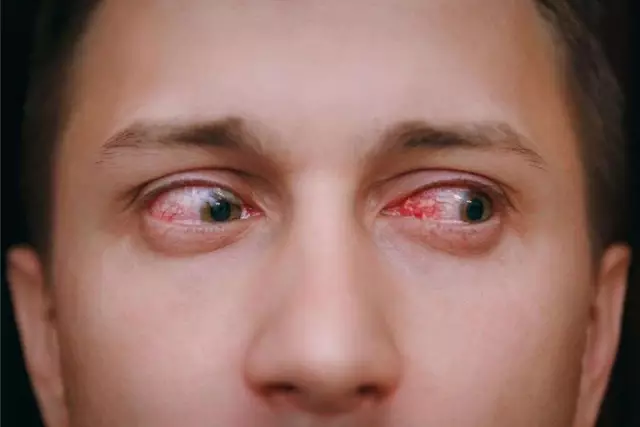- Author Rachel Wainwright [email protected].
- Public 2023-12-15 07:39.
- Last modified 2025-11-02 20:14.
Bronchiectasis

Bronchiectasis is a painful condition that is determined by the localized irreversible expansion of a part of the so-called bronchial tree, caused by the destruction of muscles and tissue elasticity. Bronchiectasis is classified as chronic obstructive pulmonary disease, as are emphysema, bronchitis, asthma, and cystic fibrosis. Pulmonary bronchiectasis can result from a variety of infectious diseases, including severe and recurrent pneumonia, tuberculosis, and cystic fibrosis.
Bronchiectasis of the lungs are congenital and acquired. They can be diagnosed through clinical tests. It is recommended to carry out computed tomography to confirm the diagnosis, which can reveal anomalies of the bronchial tree and existing cysts. Also, diagnosis of the disease usually includes blood and sputum tests, and sometimes tests for specific genetic disorders.
Also, the diagnosis of bronchiectasis includes the following actions:
- Checking for a history of chronic respiratory symptoms (daily cough and phlegm);
- Sputum analysis;
- Chest x-ray;
- Checking the quantitative level of immunoglobulin to exclude hypogammaglobulinemia;
- Autoimmune screening tests.
In order to prevent bronchiectasis in childhood, it is necessary to vaccinate children against measles, whooping cough and other acute respiratory infections of children. A healthy body mass index and regular doctor visits can have a beneficial effect on preventing the progression of bronchiectasis.
Causes of bronchiectasis
The causes of congenital bronchiectasis are:
- Congenital infections that affect the movement of ions;
- Kartagener's syndrome;
- Cystic fibrosis;
- Jung's syndrome;
- Immunodeficiency;
- Williams-Campbell Syndrome;
- Marfan syndrome.
The causes of acquired bronchiectasis are diseases such as:
- Tuberculosis;
- Pneumonia;
- Allergic bronchopulmonary aspergillosis;
- Bronchial tumors;
- Whooping cough;
- Staphylococcus aureus;
- Pulmonary aspiration;
- AIDS;
- Ulcerative colitis;
- Crohn's disease;
- Hernia of the esophageal opening of the diaphragm;
- Rheumatoid arthritis.

Also, the causes of bronchiectasis can be poisoning with toxic gases, alcoholism, drug use and various allergies that affect the bronchi.
Bronchiectasis symptoms
Symptoms of bronchiectasis include:
- Frequent green or yellow sputum (up to 240 ml per day);
- Hemoptysis;
- Bad breath;
- Frequent bronchial infections
- Dyspnea;
- Wheezing on inhalation and exhalation.
Exacerbation of bronchiectasis caused by bacterial infections can lead to the following symptoms:
- Increased sputum production compared to the initial stage;
- Increased viscosity of sputum;
- Unpleasant smell of secreted phlegm;
- Low-grade fever;
- Increased constitutional symptoms (fatigue, malaise);
- Increased shortness of breath, difficulty breathing, and pain in the lungs.
Treatment of bronchiectasis
Treatment for bronchiectasis includes managing bronchiectasis, clearing airway obstructions, removing the affected portions of the lungs through surgery, or embolizing arteries. Treatment includes long-term use of antibiotics to prevent infections as well as removing accumulated fluid using postural drainage and breast physiotherapy.
Surgery can also be used to treat bronchiectasis locally and remove obstructions that may cause disease.
Inhaled steroid therapy can reduce phlegm and narrow the airways for a short period of time and help prevent progression of bronchial dilation. This procedure is not recommended for the treatment of bronchiectasis in children.
YouTube video related to the article:
The information is generalized and provided for informational purposes only. At the first sign of illness, see your doctor. Self-medication is hazardous to health!






